I could make some sociological comment about the linking of the marketing for Easter candy and professional wrestling… but really I just think this is hilarious. Not only is it a linking of the marketing of Easter candy and professional wrestling (go, Jesus, go?), but there is something so wrong (or is it so right?) about the proximity of the words “EGG” and “RAW” (NOT appetizing) and also the phrase “Jelly-filled mallows” (so soft and sweet!) next to the ripped, muscle-bound dude in the middle. I couldn’t make this stuff up.
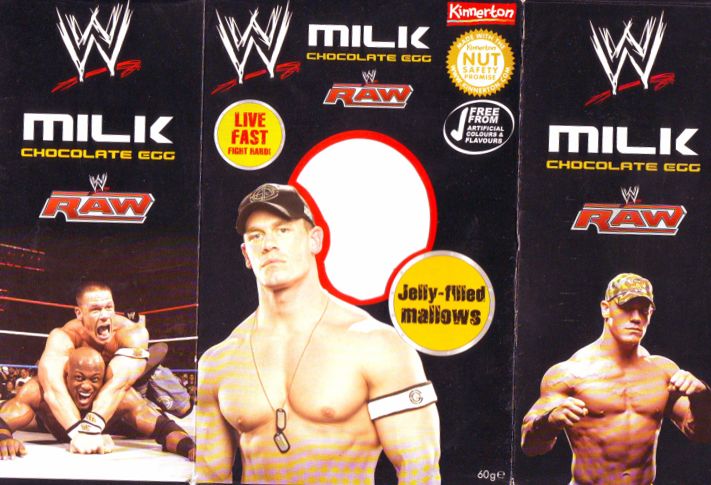
Also in wrestling: No Nipples Allowed!!!
(Image at CMM News.)



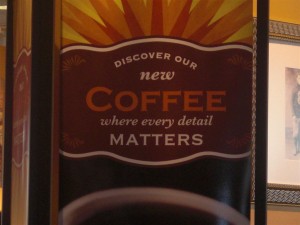
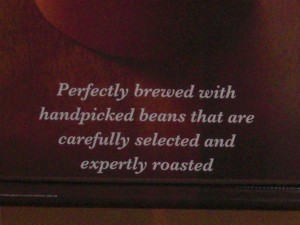
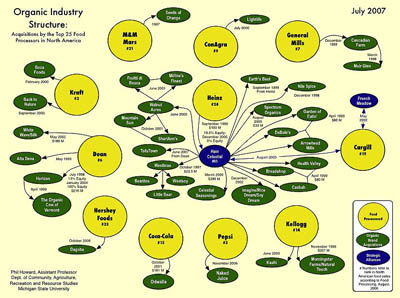
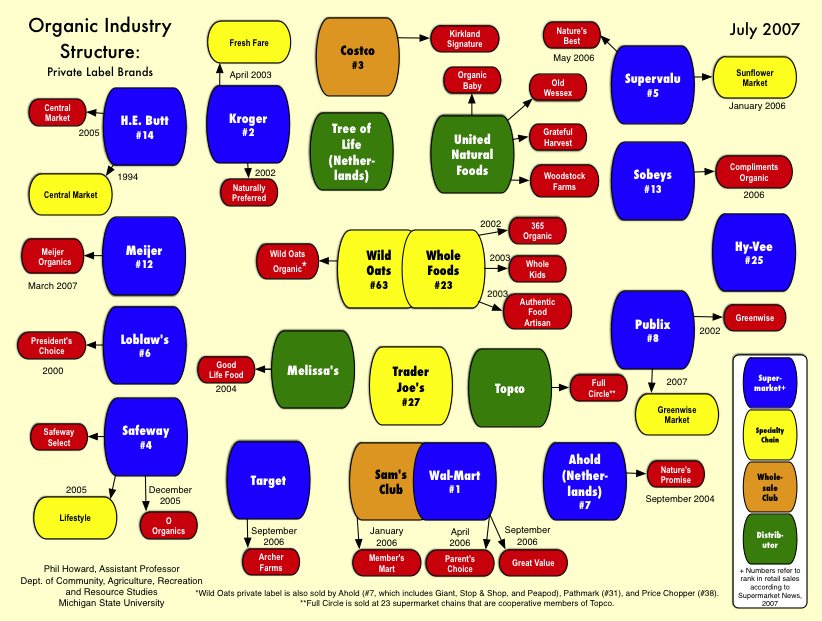
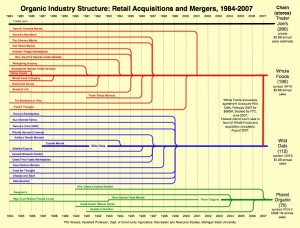
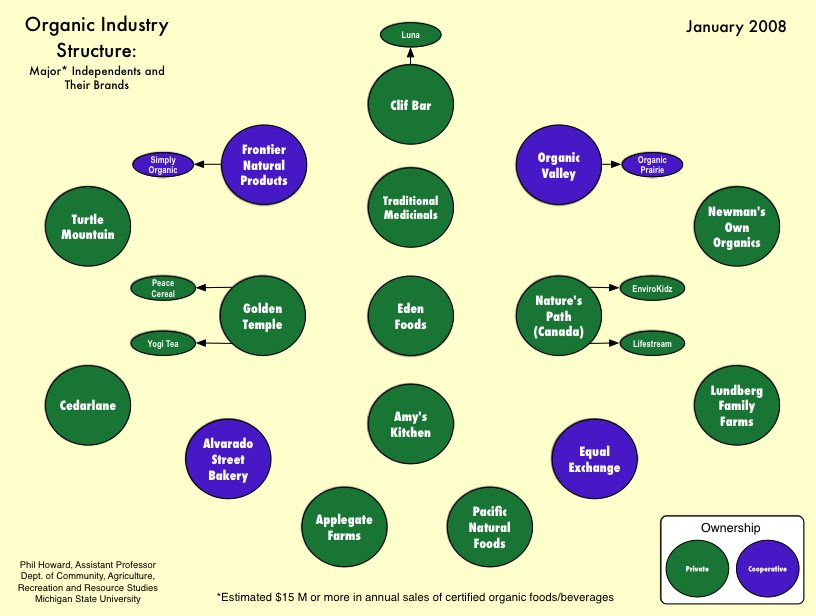

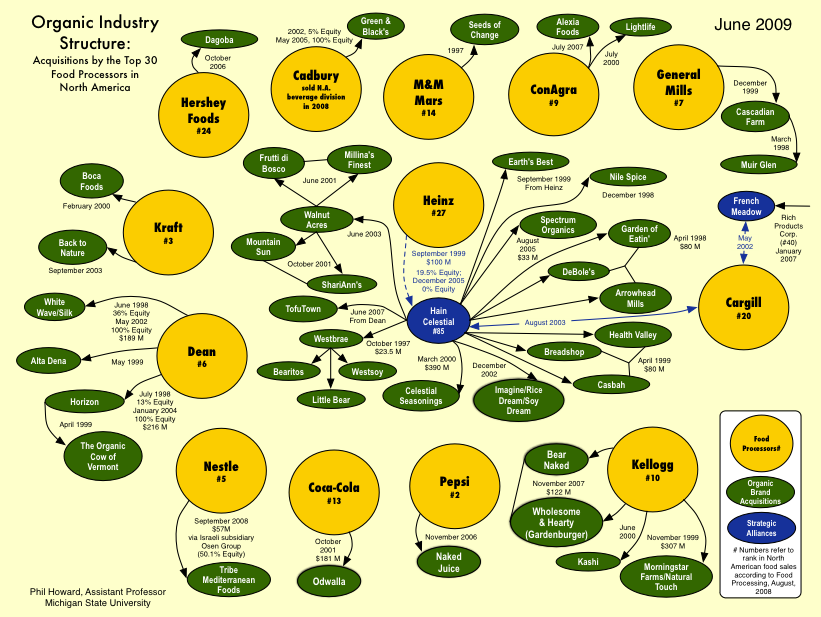
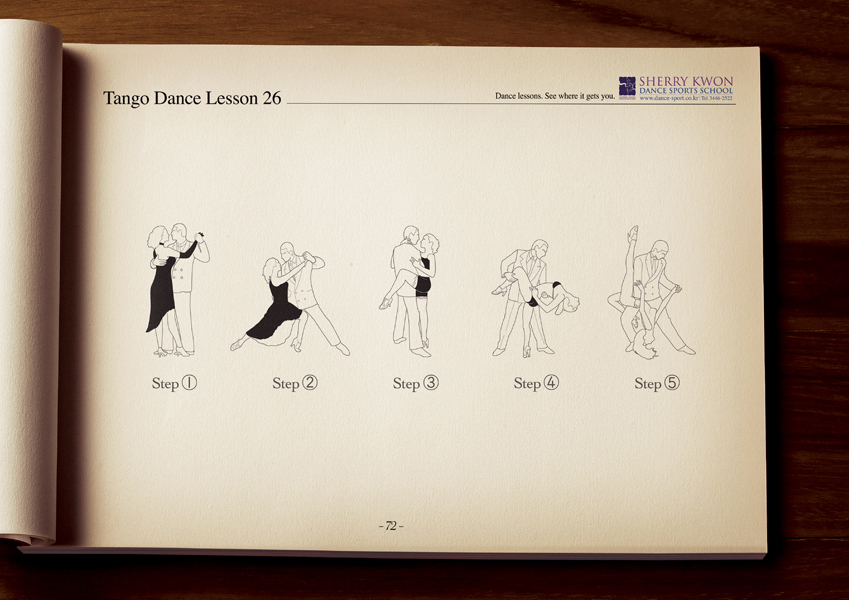
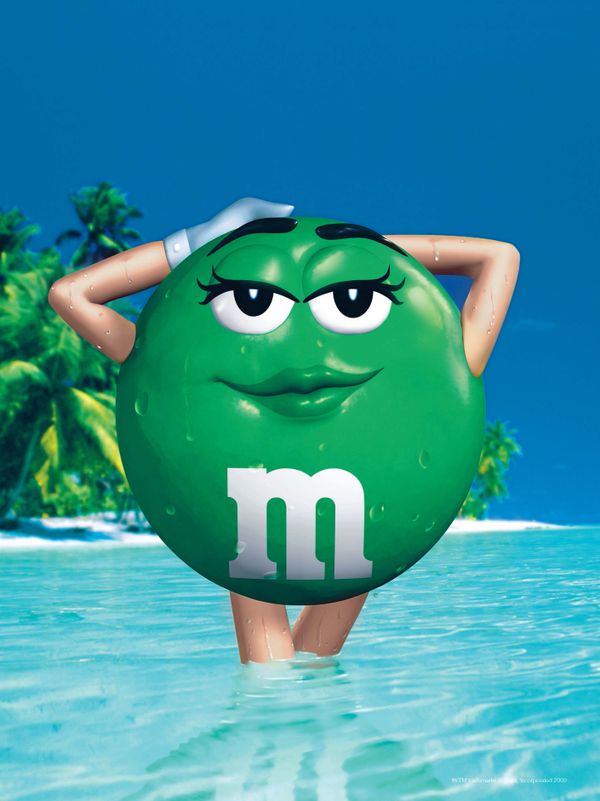
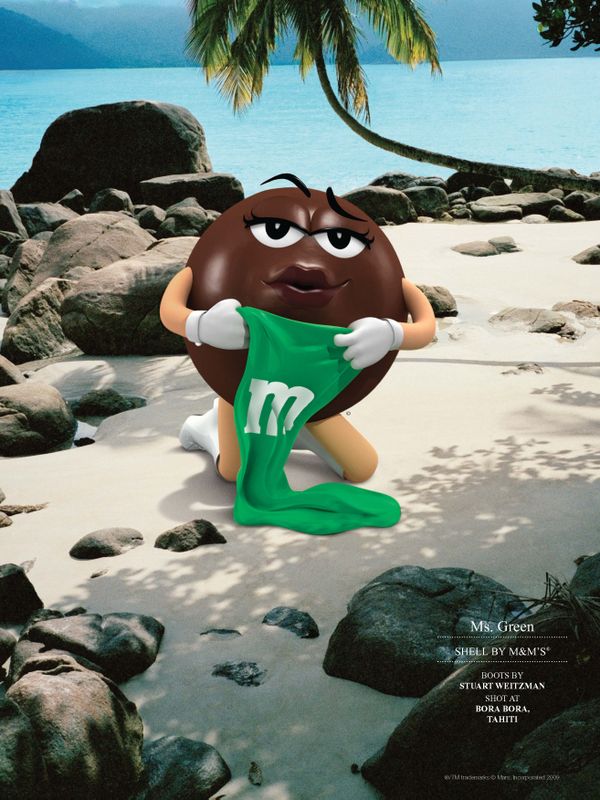
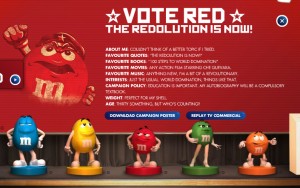
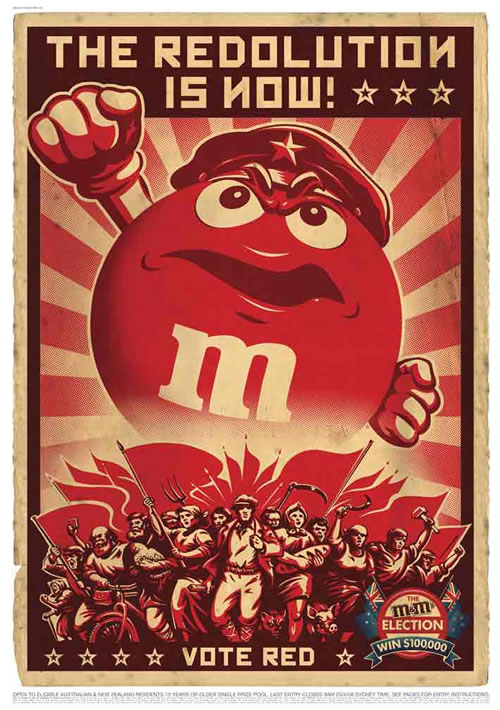
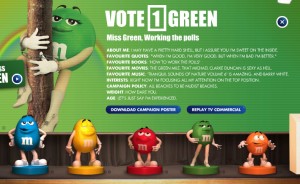
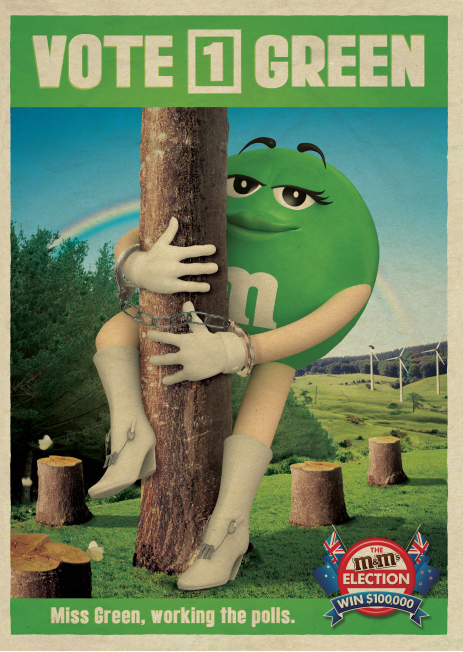
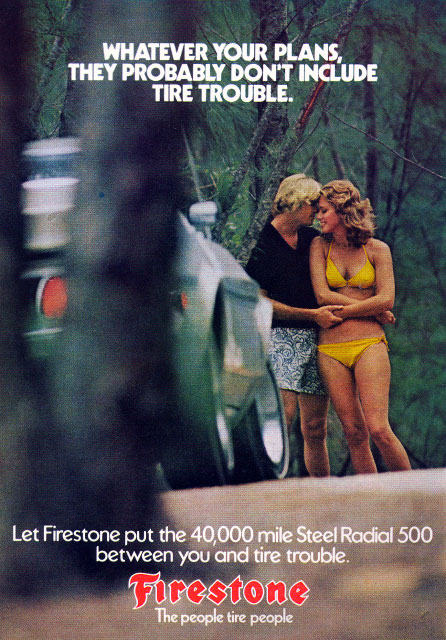


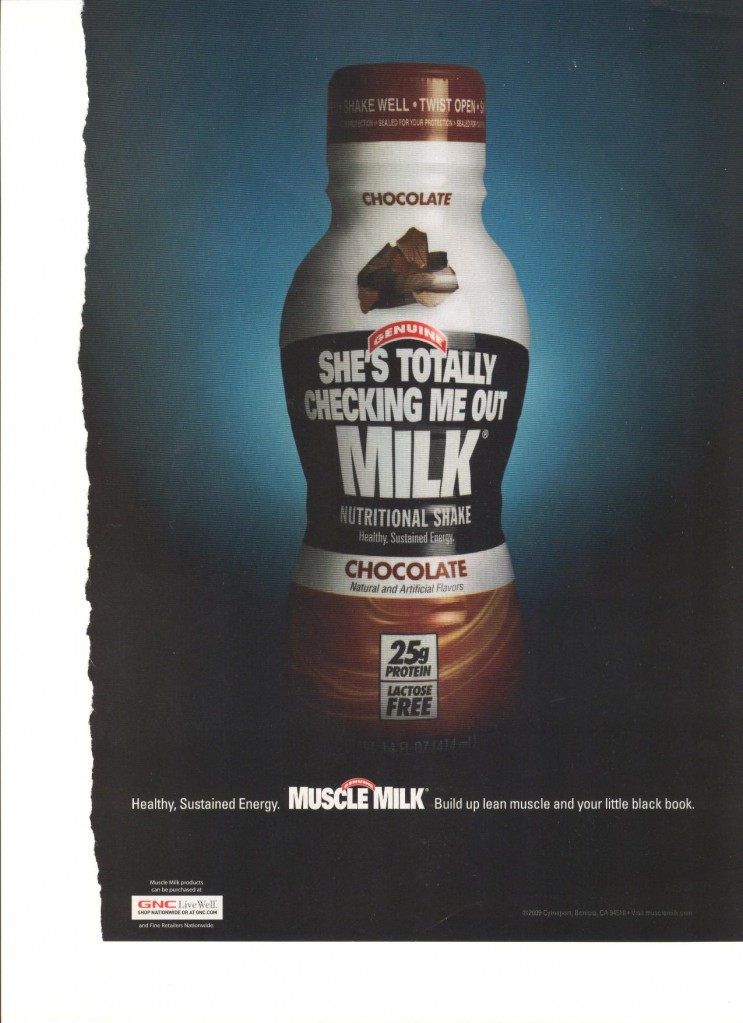 It’s fascinating that a magazine well-known for objectifying women also participates (at least in running this ad) in encouraging men to self-objectify. Without suggesting that women and men are equally objectified in American culture, I think it might be interesting to talk about the extent to which we live in an objectifying culture, period, and learn to self-objectify whether we are men or women.
It’s fascinating that a magazine well-known for objectifying women also participates (at least in running this ad) in encouraging men to self-objectify. Without suggesting that women and men are equally objectified in American culture, I think it might be interesting to talk about the extent to which we live in an objectifying culture, period, and learn to self-objectify whether we are men or women.